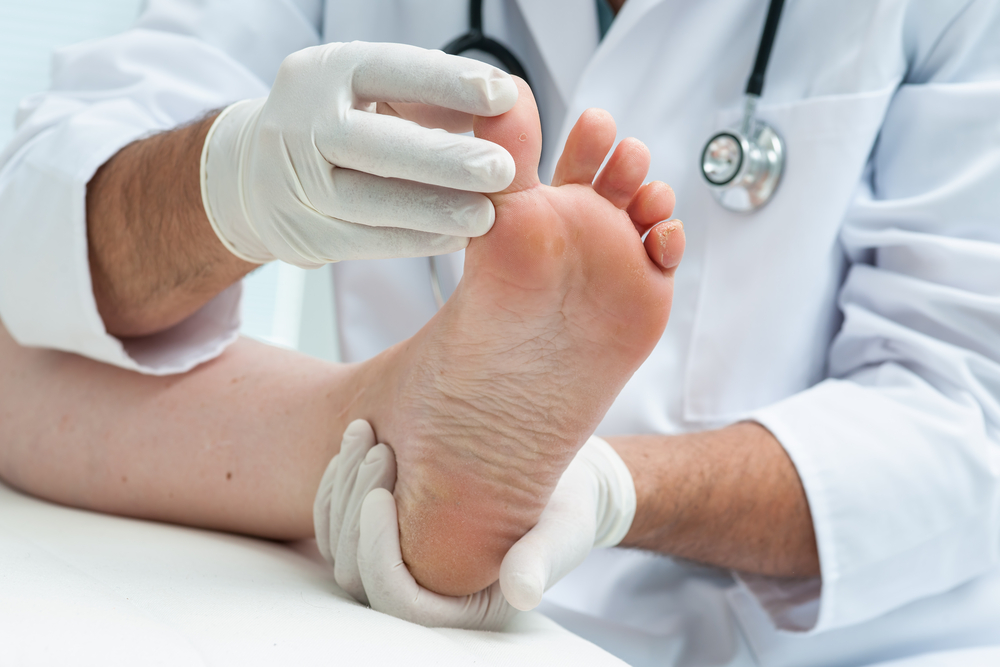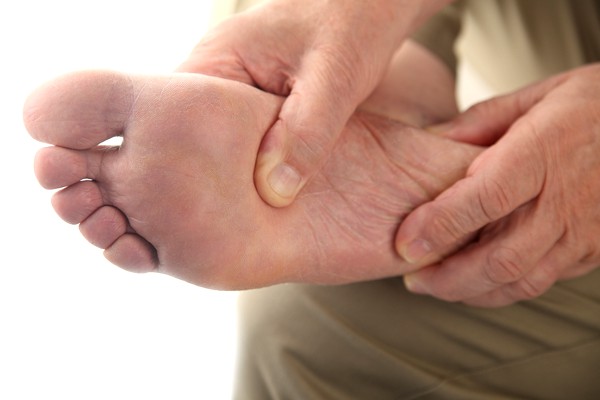Foot Pain
Are you experiencing Foot Pain?
The feet serve as the foundation of the body. When pain is experienced, it’s therefore extremely important to identify early on what and where the issue is. The causes of foot pain vary greatly, including but not limited to diseases, deformities, improper footwear, and injuries pertaining to the foot region.
Identifying causes of foot pain
Those who experience foot pain may also notice redness, swelling, soreness, bruising, or numbness present at the injured area. When these symptoms occur, it’s important to also identify where the pain experienced is located, as there are a number of foot complications that could be at the root of the problem. For example, different foot conditions can affect different areas such as the heel, ball of the foot, foot arch, the toes, or ankles, to name a few.
Common heel pain conditions include heel spurs and heel fractures. Morton’s neuroma is a condition that often comes with pain experienced at the ball of the foot, as well as sesamoiditis. Those suffering from discomfort in their arches may have flat feet or plantar fasciitis. Common issues that affect the toes include gout, bunions, blisters, corns and calluses, as well as hammertoe and ingrown toenail. An ankle sprains is also a common ailment that can lead to foot pain.

Treatment for foot pain
Treatment for foot pain varies for each case, depending on both the cause of pain and the location of the affected area. The most common recommendations for easing the discomfort of foot pain include the following: getting plenty of rest, icing and heating the area in which pain is felt, pain relievers, and keeping the foot elevated to avoid swelling.
If you’re experiencing foot pain, we recommend that you meet with a podiatrist as soon as possible for a proper diagnosis and suggested treatment plan. Call to book an appointment today!
Issues related to Foot Pain
Plantar Fasciitis
A very common cause of foot pain is Plantar Fasciitis which is an injury to 1 or more of the 5 ligaments or bands of long connective tissue running from the heel to the ball of the foot. The most common symptoms are pain under the heel or arch – often when first getting out of bed in the morning. Although patients may have their “good and bad days”, the problem seldom gets better without proper treatment.
Heel Spurs
Heel spurs are again often related to poor biomechanics and are growths of bone that develop on the underside of the heel bone. Generally patients feel pain when inflammation develops to the point where the spur forms. Heel spurs can occur without pain but generally get worse with time.
Achilles Tendinitis
Achilles Tendinitis is an irritation or inflammation of the tendon that attaches to the back of the heel bone. The condition can be caused by poor biomechanics, injury, over-training or improper warm ups. The condition can be treated with numerous conservative treatments such as orthotics, ESWT, ice, rest, aspirin or anti-inflammatory medications.
Pump Bump
Haglund’s deformity or Pump bump is a bone enlargement at the back of the heel in the area where the Achilles Tendon attaches to the bone. The deformity generally is caused by poor biomechanics which increases motion of the heel bone against the back of the shoe.

Causes of Arch & Heel Pain
- Poor Biomechanics (often this is inherited from your parents)
- Injury or Trauma
- Obesity
- Muscle imbalance or tightness of the muscles on the back of the leg
- Bone deformity
- Over-stretching the long band of tissue that connects the heel and the ball of the foot
- Over-training or improper warm ups
Arch & heel pain treatment
Poor biomechanics is generally the underlying cause of most types of Arch and Heel Pain. Biomechanics is how our feet interact with the ground or the surface we walk, run or play on. Improper biomechanics places too much stress on the heel bone, ligaments, nerves or other structures of the foot. Other contributing factors could be walking or jumping on hard surfaces, poorly made footwear or being overweight. Other health conditions like gout, arthritis, circulatory problems, etc. can also cause pain in this area.
What can you do?
- Maintain your ideal body weight
- Avoid injury or trauma
- Warm up and stretch properly before and after exercise
- Wear appropriate shoe gear
- RICE – rest, ice, compression, and elevation
What can your Podiatrists do?
- Perform a physical examination to diagnose your problem
- Prescribe an X-ray, bone scan, CT, MRI or other imaging studies
- Professional taping
- Prescribe appropriate medications
- Prescribe a custom, functional orthotic
- Administer injections if necessary
- Preform surgery if necessary
- Other
Book an Appointment
Your care is our first priority. Our team offers expert podiatric care in a warm and friendly environment to make you feel relaxed and comfortable at each of our independent associated practices of podiatric physicians & surgeons.

